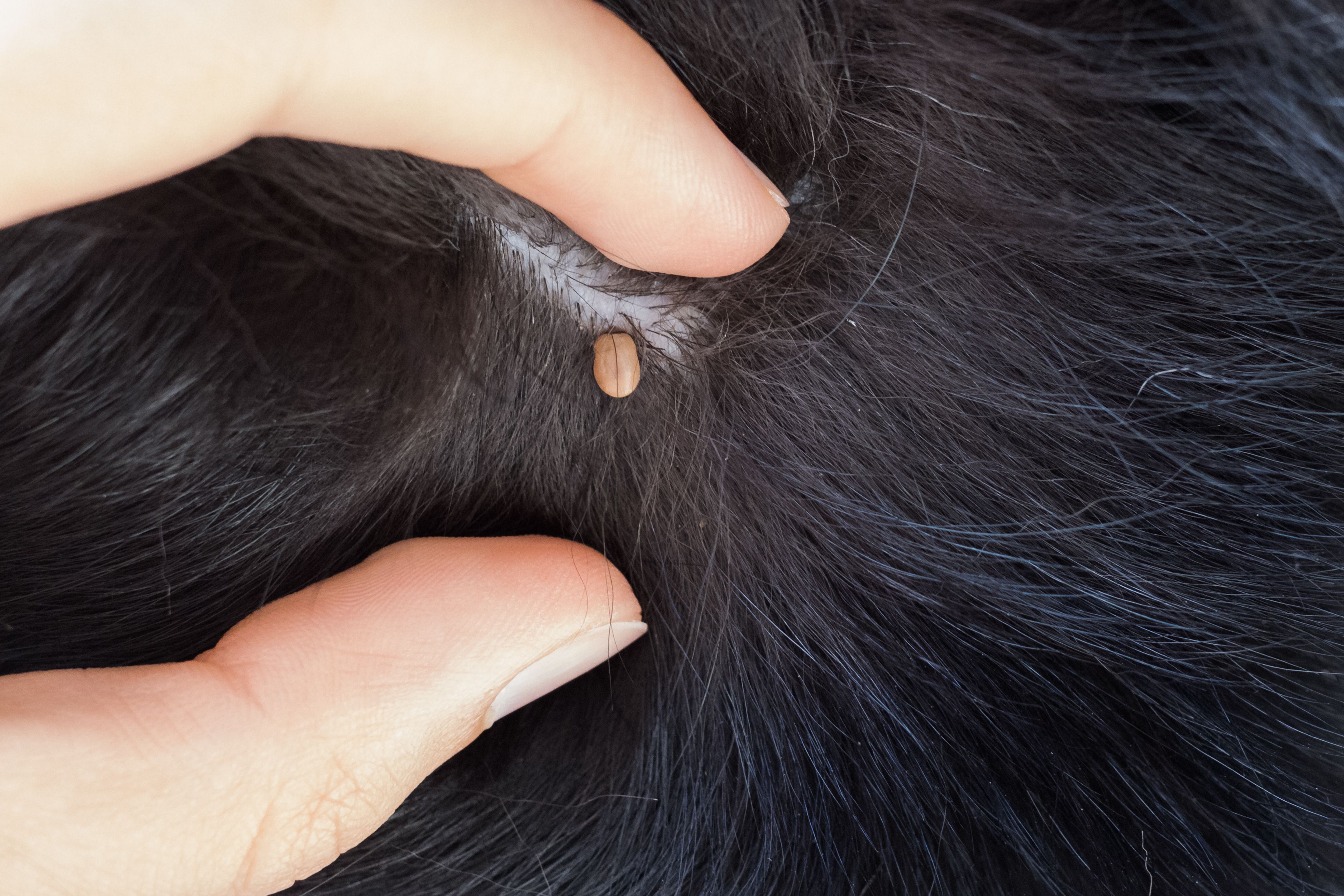

If you have pets that spend time outside, make tick-checks part of your daily routine.If you see a tick, remove it safely (see below).Having a bath or shower within two hours of coming inside makes it easier to spot ticks and wash off unattached ticks.Check yourself and your family for ticks after being outside.Permethrin treated clothing repels and kills ticks when they come in contact with it and is now registered for use in Canada for those 16 years of age and older.

Follow directions on the package carefully.
ENGORGED TICK SKIN
Apply insect repellents containing DEET or Icaridin to exposed skin and clothes.Walk on well-travelled paths, avoiding long grass and vegetation.Wear enclosed shoes and tuck your pants into your socks.Wear light coloured clothing – its easier to see ticks.Wear long pants and long sleeves in areas likely to have ticks.Tick-borne illnesses are preventable by taking some simple precautions. They are very small, which makes them hard to spot and their bites don’t hurt, which makes it difficult to know when you’ve been bitten. Ticks like moist and humid environments and can be found in or near woods, shrubs, leaf litter, long grass, urban parks and gardens.
ENGORGED TICK FREE
And sign up for our FREE newsletter here for daily health, nutrition, and fitness advice.Top to bottom: engorged female dog tick, engorged female black legged tick. Go here to subscribe to Prevention and get 12 FREE gifts. Support from readers like you helps us do our best work. The situation is unique to each cat and location so always discuss all your options with a pro-and start checking for bites regularly. “Ask your veterinarian for their recommendation based on the diseases that are most prevalent where you live.” “I would not use bug spray or anything that’s not recommended by your veterinarian,” Dr. Insect repellents aren’t a blanket solution either. He’s a fan of Revolution for both his patients and his own cat, but it works best for indoor pets that don’t encounter as many ticks as outdoor ones would. “If your pets are on the correct flea and tick preventatives, you won’t have to deal with any of this stuff at all,” Dr. A vet can help remove any lingering pieces with more specialized equipment.Īgain, while symptoms of tick-borne diseases in cats are rare, keep an eye out for any unusual signs after a bite, like swollen joints, lethargy, or decreased appetite.

Stupine suggests visiting a vet if the tick’s mouth parts remain after you’ve pulled the rest of it out of your cat, as this can up the risk of disease transmission. “We want to make sure it doesn’t get out again and bite somebody else.” 3. “I always recommend putting the tick into a piece of double-sided tape or into a jar that’s sealed,” Dr. Then, find a container you don’t mind parting with. The area should eventually heal on its own. Clean the bite and save the tick.Īfter you remove the tick, thoroughly wash the site of the bite with soap and water. If you’re having trouble getting the entire tick out, or simply don’t feel comfortable doing it yourself, your vet can do it for you. Make sure that none of the tick’s mouth parts are still attached to your cat’s skin. The tick might not let go immediately, but with gentle, constant pressure, you can pull it out in one even motion. Put on a pair of gloves (to protect your own skin) and using your tool of choice (preferably disinfected with a bit of alcohol), closely grab the tick’s head at the base of the bite. You can simply use a pair of fine-tipped tweezers, but he recommends picking up tools called tick keys or tick spoons, both of which allow you to lock onto the tick and pull it out.


 0 kommentar(er)
0 kommentar(er)
